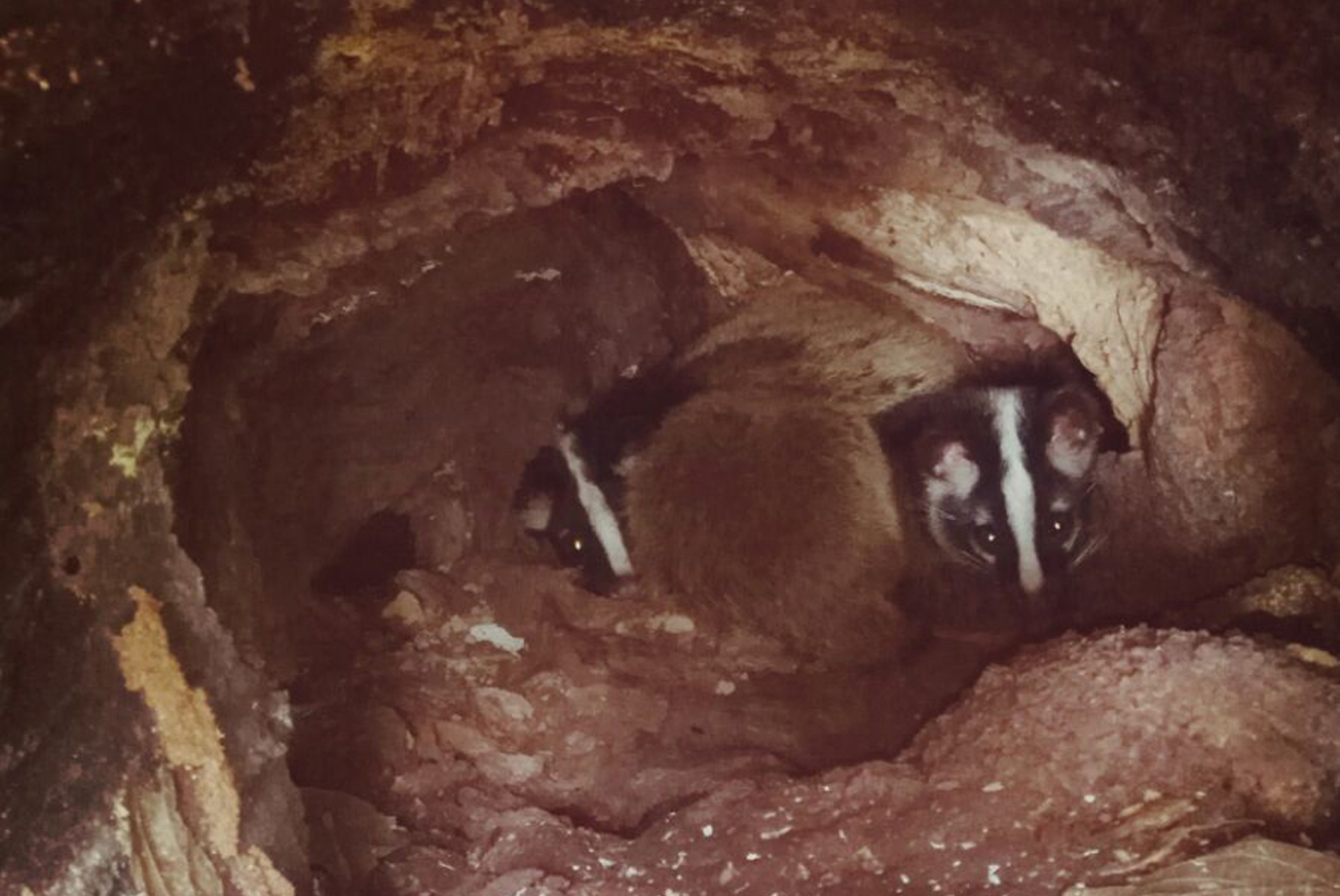Are trees with cavities dangerous? Caring for tree safety and ecological value at KFBG
When visiting Kadoorie Farm and Botanic Garden, you may spot trees with openings of different shapes and sizes, both in the botanic garden and more generally in our nature reserve. You may be surprised and ask: are such trees with cavities safe – or is there a risk that they could break and suddenly fall?
In fact, there is no need to be afraid. A cavity does not necessarily increase a tree’s risk of failure. Provided there is sufficient sound wood around the opening to ensure structural support, the tree could stand for many decades to come. To assess the risk of tree failure, additional factors should be considered, such as site condition, characteristics of the tree species, location of the decay, ability of the tree to compartmentalise decay and so on.
Trees are amazing organisms. Although decayed wood will never recover, trees can form a barrier zone – an anatomical barrier inhibiting the advancement of decay – to prevent the rot from spreading to surrounding sound wood. On the other hand, trees can improve their structural stability through growing additional wood near the decayed area to compensate for any loss of strength.

Photo 1 – Tree with cavity |

Photo 2 - Response growth around the basal cavity increases the structural stability of this tree |
How do cavities form?
There are various reasons why a cavity might form, but mostly they are the result of previous mechanical injuries by either humans or nature. For instance, inconsiderate pruning or typhoon damage can wound a tree’s woody trunk and/or its branches where microorganisms such as wood-decaying fungi can quickly invade living cells and begin to decompose the wood tissue. After a long-term process of wood degradation, hollows form.
Why don’t we remove trees with cavities?
The formation of a cavity will not necessarily kill a tree. Instead, trees with cavities can survive for decades – if not hundreds of years – and cavities are in fact a vital facet of forest ecology. To manage trees with cavities at KFBG, our arborists assess them in terms of both health and structural conditions. If the outlook is good, the tree would definitely be retained. Such trees can continue to benefit nature and humans by purifying the air, alleviating the greenhouse effect, reducing soil erosion, providing opportunities for spiritual connections with our environment and imparting aesthetic value. More importantly, cavities provide a vital refuge for wildlife. Many birds and small mammals use tree cavities for nesting, rearing young, sheltering from predators and storing food.

|

Photo 4 - Two young masked palm civets spotted in a tree cavity |
How do we inspect trees with cavities at KFBG?
To balance tree risk and ecological benefit, our arborists and tree climbers regularly assess trees with cavities with the aid of hand tools and professional technical devices. A mallet, probe and tape are commonly used to assess the size of a cavity, and the degree of internal decay associated with an opening is investigated using decay detection equipment, including a resistograph and/or a tomograph, which utilise mechanical resistance, sound or other means to quantify the structural integrity of woody tissue. When combined, these different sources of information enable our arborists to evaluate the probability of tree failure. By conducting regular tree risk assessments, trees with cavities but low failure risk can be retained to continue providing a niche for wildlife.

Photo 5 - A tree climber assesses a Chinese sweet gum using a resistograph |

Photo 6 - Arborists conduct a decay detection test on a camphor tree using tomography |

